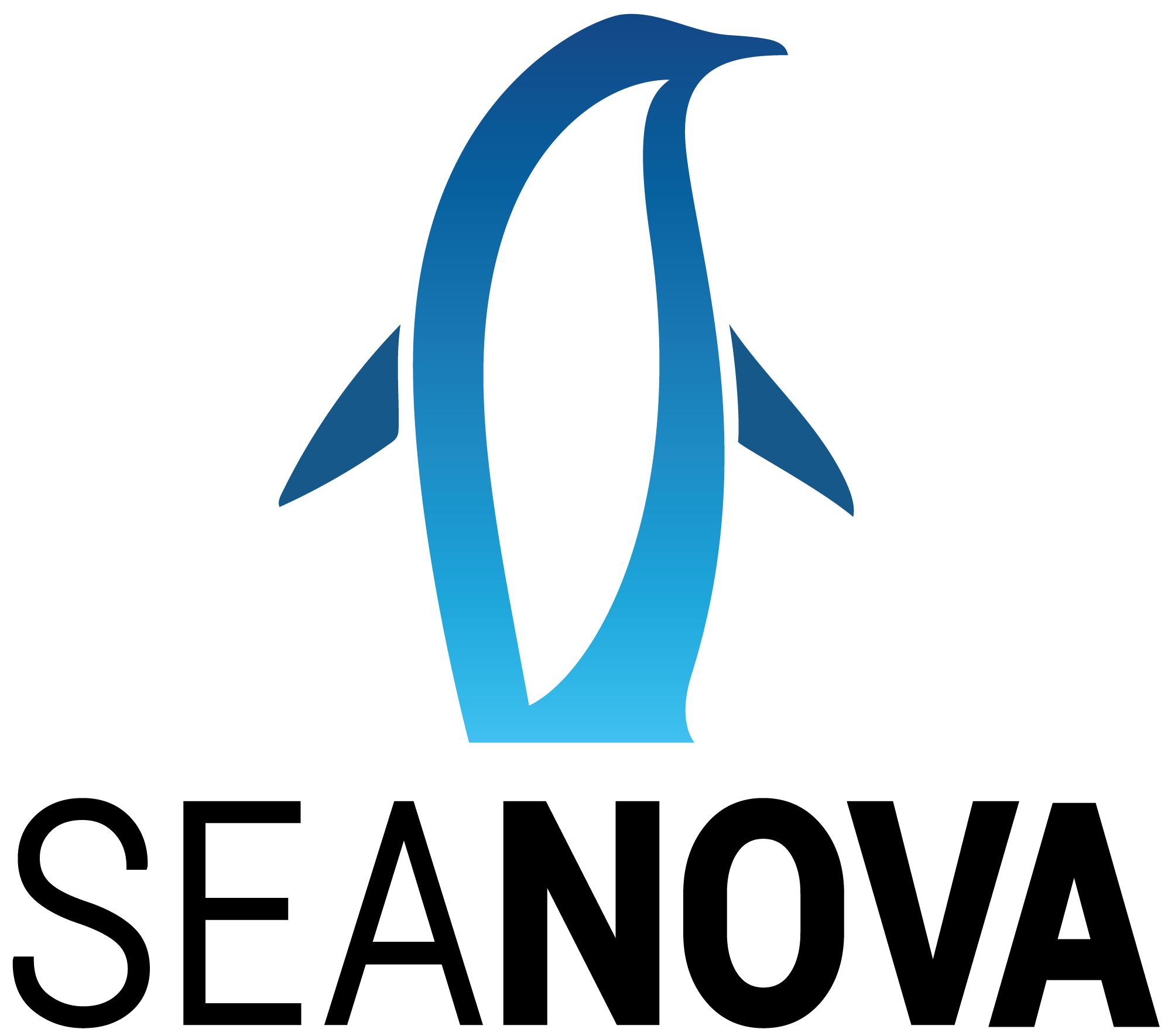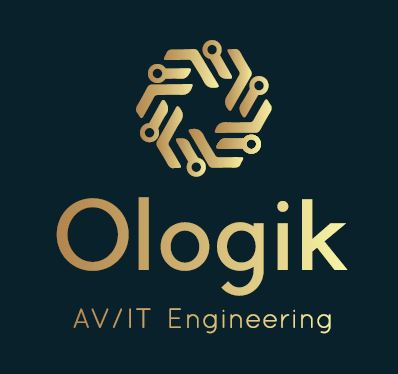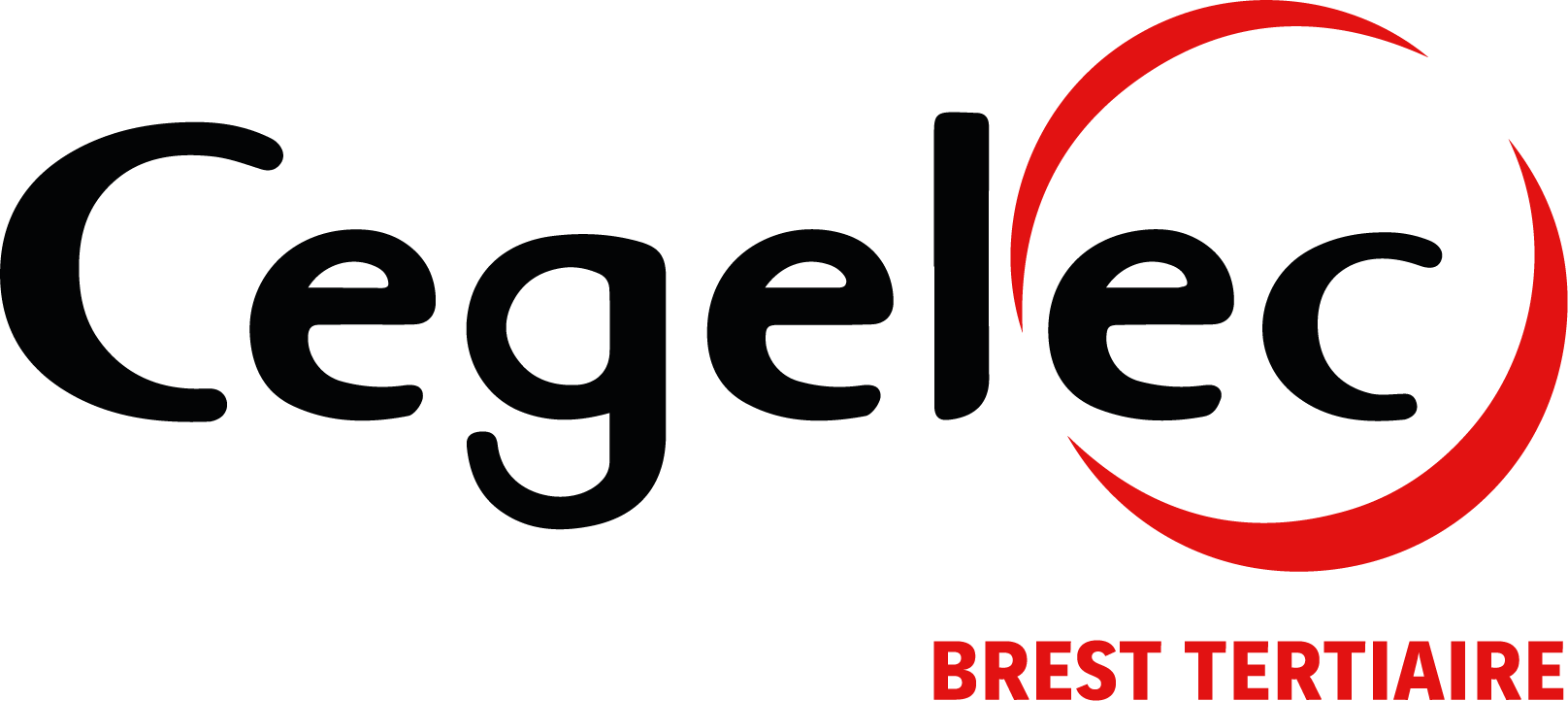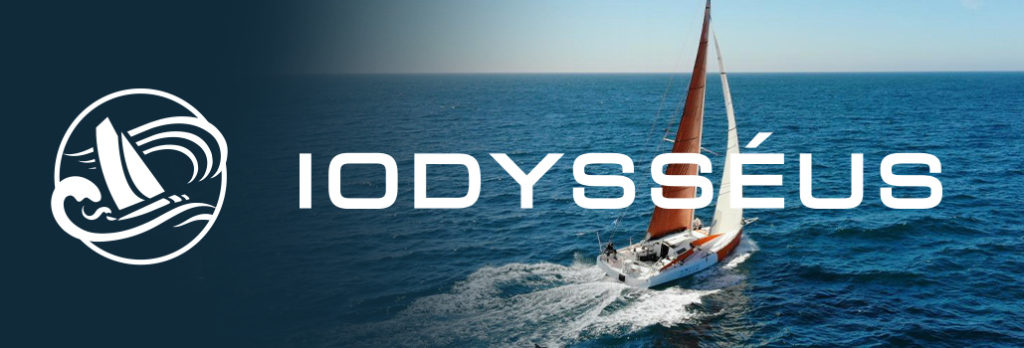
The Iodysséus program (sailing, marine ecology, and atmospheric microbiology) has obtained international recognition for the first time, thanks to the efforts of our team, as well as the support of our partners and patrons.
Iodysséus has just been recognized by the United Nations as an Ocean Science Program for Sustainable Development.
In addition, Iodysséus has been awarded the SOT (Ship Observations Team) certificate, issued under the auspices of the WMO (World Meteorological Organization) and the Intergovernmental Oceanographic Commission of UNESCO, which confirms data quality, availability and accessibility to the international scientific community.
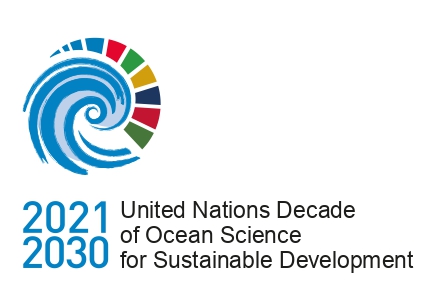
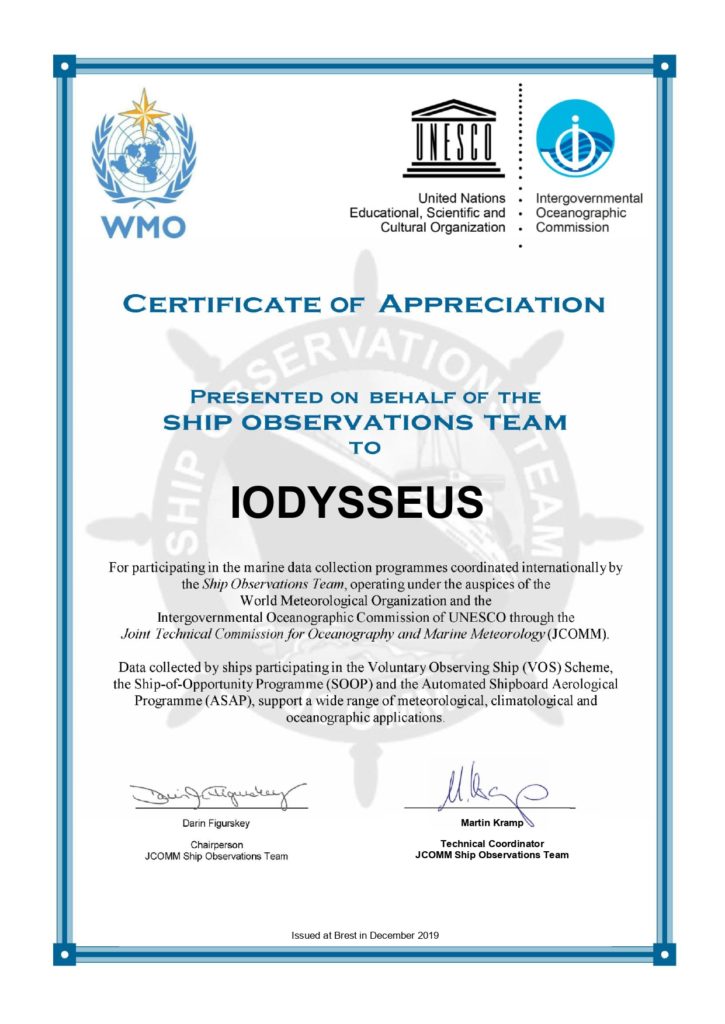
During its expeditions, the team studied the coccolithophore bloom off the coast of Brittany. Dating back more than 200 million years, these calcareous microalgae paved the way for the rise of the Cretaceous geological period and the formation of chalky soils, such as those at the cliffs of Etretat.
These microalgae are a major carbon sink—through photosynthesis, they absorb CO2 from the air and release oxygen. During their annual spring bloom, they trap as much carbon as the equivalent of a 1.7-million-hectare forest—1.5 times the surface area of the entire Île-de-France region. Unlike trees, which release their sequestered carbon into the air during combustion, microalgae settle to the sea floor as sediment, and can continue to store their carbon for millions of years. This is just one concrete example of what the ocean has to offer for the global ecosystem and the environment.
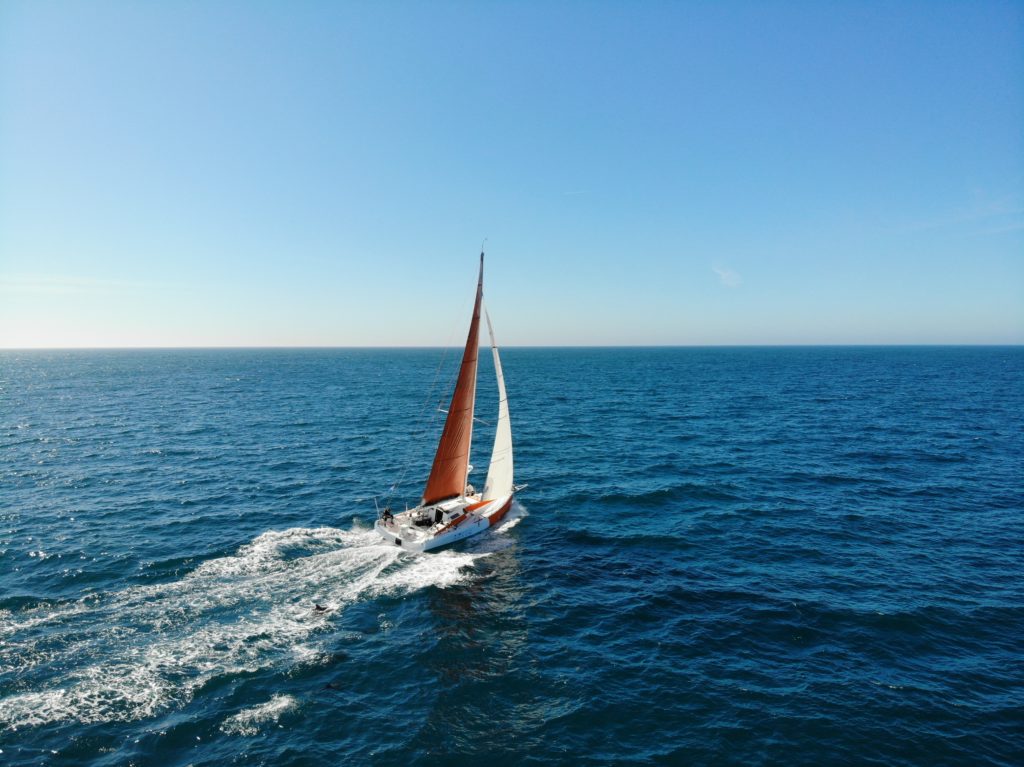
Developing each spring off the coast of Brittany, the bloom has a notable impact on the ocean’s biochemical cycles and global climate regulation. This phenomenon is of significant interest to scientists. The team is currently working to improve its methodology in order to continue its expeditions next autumn. These expeditions will take place, once again, aboard ocean racing yachts—the backbone of the project.
The speeds attained by these vessels are an asset in reaching targeted biological areas, escaping inclement weather conditions, and retrieving viable samples expeditiously.


